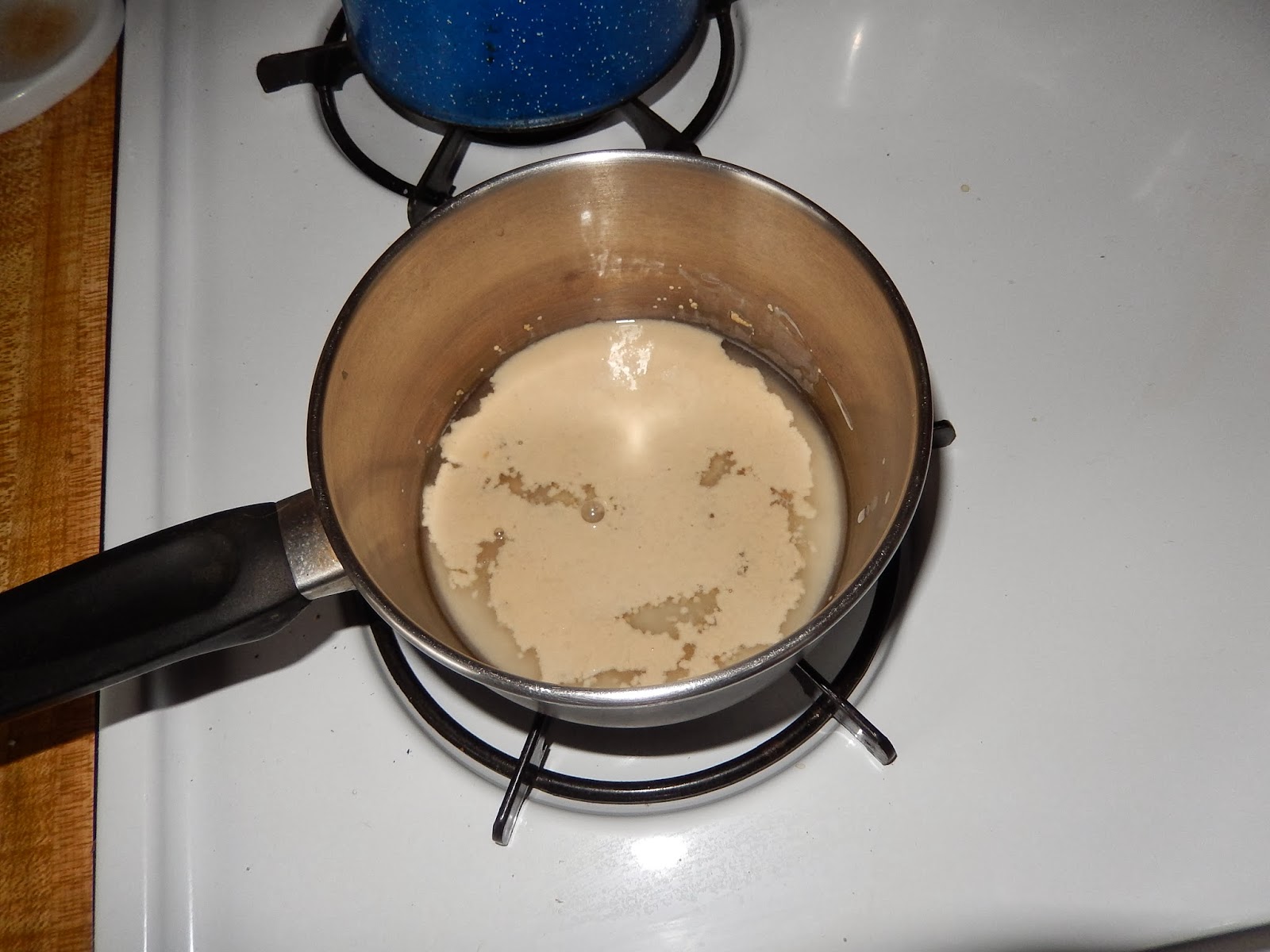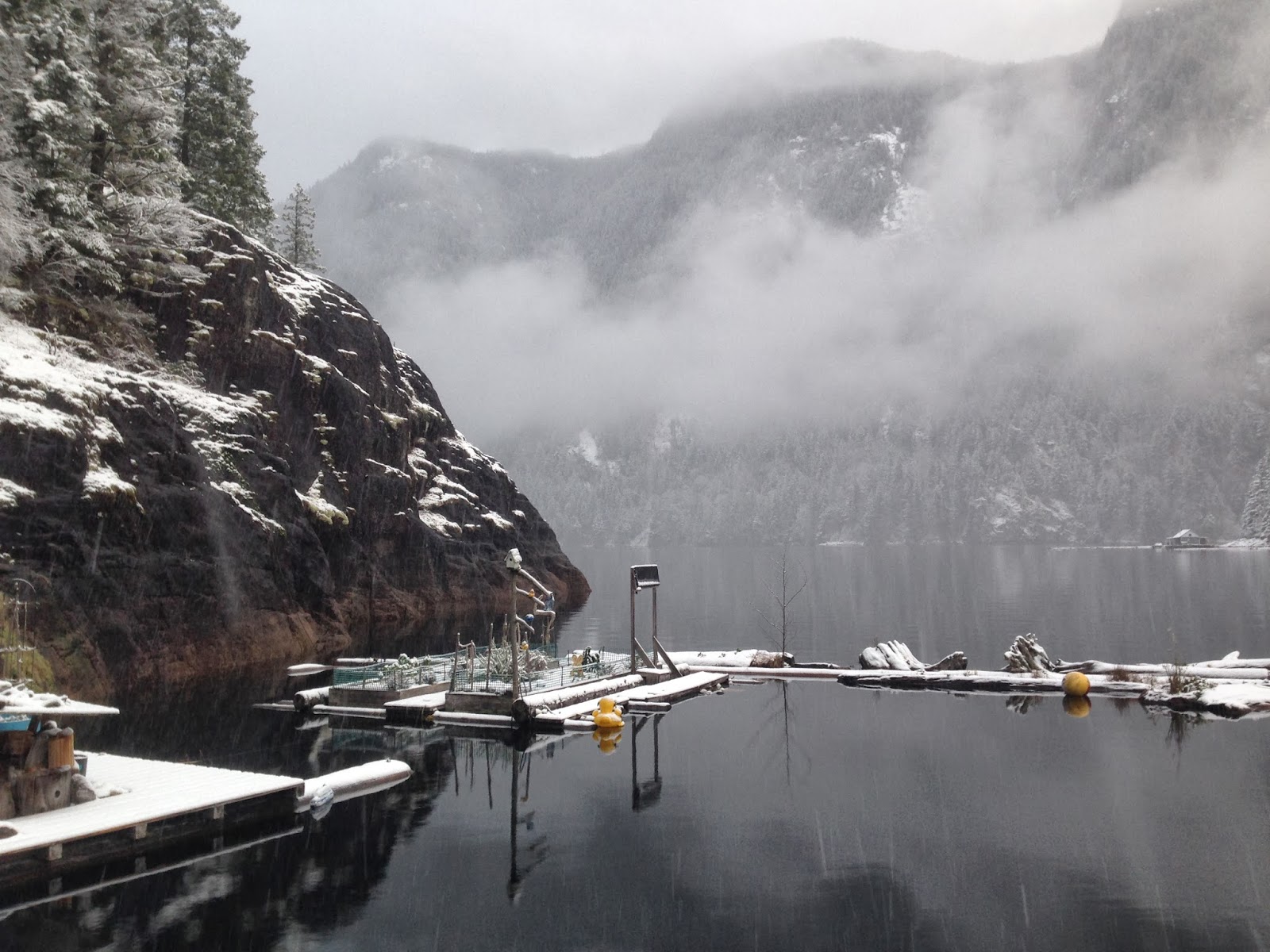Cabin Baking: Extra Sour Sourdough Bread
 In December I made San Francisco Sourdough French Bread. It looked great, but didn't have that signature sour taste. I reviewed my cookbooks and decided to use the directions in Sourdough Jack's Cookery. I found this book in a thrift store several years ago and got it for next to nothing. It's a funky book with sourdough stories and recipes. I tried again in March and was somewhat happy with the results, but this summer I hit the sour "Jack"pot.
In December I made San Francisco Sourdough French Bread. It looked great, but didn't have that signature sour taste. I reviewed my cookbooks and decided to use the directions in Sourdough Jack's Cookery. I found this book in a thrift store several years ago and got it for next to nothing. It's a funky book with sourdough stories and recipes. I tried again in March and was somewhat happy with the results, but this summer I hit the sour "Jack"pot.
The trick was to feed my starter and leave it out for two days to get very lively. Then I made the sponge (the mixture of starter, flour and water) and left it out for an additional day and night (14-36 hours). This recipe makes one large or two small loaves.
 1 cup sourdough starter
1 cup sourdough starter2 1/2 cups bread flour
1 1/2 cups warm water
To make the sponge, mix the above ingredients together in a non-reactive (plastic or ceramic) bowl and stir vigorously with a plastic or wooden spoon. Put in a warm place overnight to work and become sour. A longer fermentation time creates the sour flavour.
 After your sponge has worked all night to get sour (it will have risen slightly and become bubbly), mix the following dry ingredients together. Sprinkle over the sponge and mix in.
After your sponge has worked all night to get sour (it will have risen slightly and become bubbly), mix the following dry ingredients together. Sprinkle over the sponge and mix in.1 teaspoon salt
1/2 teaspoon baking soda
1/2 cup flour
I'm not a purist yet. I use a little extra yeast to help the bread rise.
 1/4 cup warm water
1/4 cup warm water1 package active dry yeast
Put the yeast in warm water (105-115 degrees F) and let sit for 10 minutes to become active. Stir immediately into the bread mixture. It will still be moist and sticky.
 2-3 cups additional bread flour (as needed)
2-3 cups additional bread flour (as needed)Gradually stir in flour until the dough pulls away from the side of the bowl. Flour a board and place the dough on top. Sprinkle flour on top and knead for 5-10 minutes, or until it becomes elastic and smooth.
 Work in more flour if it's too sticky, but be careful. Too much flour and kneading can make the bread heavy and dry.
Work in more flour if it's too sticky, but be careful. Too much flour and kneading can make the bread heavy and dry.Once the kneading is done, place the ball of dough under the bowl and let it rest for 10 minutes. Form into one round loaf, or two smaller bread pan size loaves.
 Oil pans and sprinkle with cornmeal. Cover bread pans loosely with a towel and put in a warm place to rise and double in size. Score tops with a sharp knife or razor blade. Place a shallow pan of hot water on the bottom oven shelf. This will help make a crispy crust. Bake the bread in a hot 400 degree oven for 45 minutes, or until brown.
Oil pans and sprinkle with cornmeal. Cover bread pans loosely with a towel and put in a warm place to rise and double in size. Score tops with a sharp knife or razor blade. Place a shallow pan of hot water on the bottom oven shelf. This will help make a crispy crust. Bake the bread in a hot 400 degree oven for 45 minutes, or until brown. 






































